In last month’s CarParts.com In the Garage newsletter, we asked readers to submit their automotive questions for our Chief Mechanic, Mia, to answer. We selected a handful of questions to respond to—check out the answers below!
Q&A Session with Our Chief Mechanic

Q: I have a 2003 BMW 325xi All Wheel Drive. A couple of weeks ago, my check engine light came on, and I found code P0491 stored. Do you have any suggestions on how to fix it? I appreciate your help.
A: All diagnostic trouble codes (DTCs) have two definitions: one that’s generic and one that’s manufacture-specific. In the case of code P0491, the generic onboard diagnostics (OBD) II definition is “Secondary Air Injection System Insufficient Flow (Bank 1)”.
BMW’s definition, which is almost identical, reads: “ Secondary air injection, bank 1”. Because BMW lists its codes in a hexadecimal format, the manufacturer-specific code number is 245, rather than P0491.
On your vehicle, the code indicates there is insufficient flow from the secondary air injection system into the exhaust manifold. Because the secondary air injection system is so complex, the root cause of the problem could be anything from a faulty vacuum line to a failed air pump.

The secondary air injection system is designed to reduce tailpipe emissions. On your vehicle, when the engine is in its warm-up phase, fresh air is injected into the exhaust manifold to help the catalytic converter reach operating temperature quickly. The system uses an air pump and valves to supply air to the manifold. Then, the digital motor electronics (DME) control unit looks at the oxygen sensor voltage to ensure the system is working properly.
To diagnose the code, I would first listen to make sure that the air pump (located in the right front of the engine compartment) comes on when the vehicle is first started from cold. If the pump doesn’t come on, you can test it by removing its connector, then supplying power and ground to the pump directly.
You’ll know the pump is bad if it doesn’t turn on when jumped. On the other hand, you may be dealing with a faulty control relay if the pump operates when jumped but not when the vehicle is first started.
If the pump and relay check out okay, you’ll want to move on to inspecting the vacuum line that runs from the check valve to the operating solenoid. Make sure that it’s properly connected and free from cracks and other damage. There’s a technical service bulletin (TSB) regarding the hose that indicates it may be improperly routed and become damaged from contacting the exhaust.
Finally, if everything looks good up to this point, you can move on to inspecting the valves. The check valve on the front right side of the engine can be tested for operation with a handheld vacuum pump.
If troubleshooting this code seems overwhelming (as it very well might), I suggest having a professional tackle the job for you.

Q: I have a 2007 jeep liberty with a 3.7L V6 engine. Recently, the check engine light came on, and I found code P2317 stored. What could be the cause?
A: Code P2317 stands for “Ignition Coil 6 Secondary Circuit Insufficient Ionization”. The code indicates that the powertrain control module (PCM) has detected the secondary ignition “burn time” is insufficient on cylinder #6. The burn time refers to how long the spark is flowing across the spark plug.
In other words, the PCM has determined that cylinder #6 isn’t getting proper spark. Common causes for this lack of spark include a faulty ignition coil, worn spark plugs, or a problem with the coil’s control circuit.
I’m going to assume that P2317 is the only code currently stored in your vehicle. If that’s the case, to diagnose the problem, I would first remove the spark plug and perform a visual inspection. Replace the plug if it’s cracked, shows signs of carbon tracking, or has any other visible damage. It’s also a good idea to check the plug gap against the manufacturer’s specification.
If the plug looks okay, you can move on to checking the ignition coil and its circuit. According to the factory repair information, you should get a resistance value of 0.6 to 0.9 of an ohm at 25° C (77° F) when checking the coil with an ohmmeter. If the resistance values are not within specification, the vehicle manufacturer recommends replacing the coil.
Keep in mind, however, that static ignition coil tests don’t always yield accurate results. Since, generally, coils are relatively inexpensive and easy to replace, you might want to install a new coil at this point and see if that fixes the problem.
Should both the coil and the spark plug check out okay, the problem is somewhere in the coil’s control circuit. If you have the tools and the know-how, you can obtain a copy of the factory wiring diagram (through a repair database) and troubleshoot the problem yourself. Otherwise, it might be best to let a professional tackle the job for you.
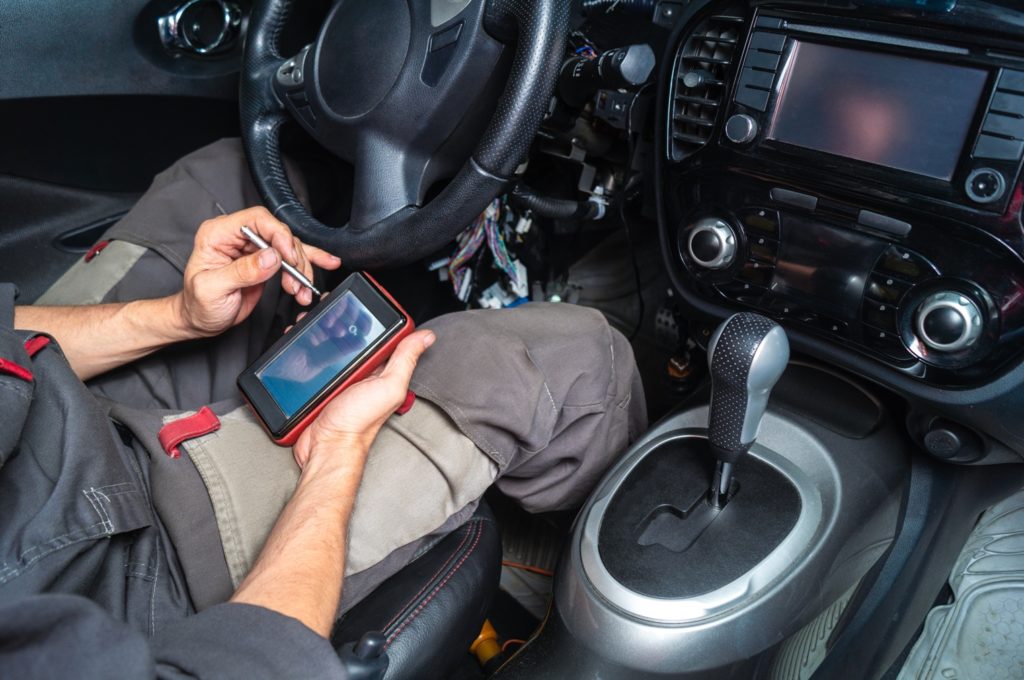
Q: I have a 2006 Chevy Equinox AWD. The check engine light recently illuminated, and I found code P0171 stored. Can I fix this problem by cleaning the mass airflow sensor (MAF) and the throttle body?
A: Code P0171 stands for “Fuel Trim System Lean Bank 1”. The code indicates the PCM perceives the engine to have a lean running condition on the bank 1 side of the engine, which is the side that houses the #1 cylinder.
I’m going to assume that P0171 is the only code stored in your vehicle at this time. A dirty or defective MAF is just one of many potential causes for this code. Anything from a vacuum leak to a bad fuel injector could be the root cause of the concern.
One of the most common causes for code P0171 on your particular vehicle is a disconnected fresh air hose on the rear valve cover. There is a technical service bulletin (TSB) for this issue. The TSB advises dealership technicians to reconnect the hose and secure it to a nearby bracket with a zip tie. After the repair is complete, the dealer is supposed to update the software in the powertrain control module (PCM) to address the condition in the future.
Ensure that the hose is properly connected to the valve cover on your vehicle. If you find the hose is intact and is not to blame, I suggest having a professional troubleshoot your vehicle from there. Code P0171 can be one of the more difficult codes to diagnose, and you could end up wasting both time and money trying to fix the issue yourself.
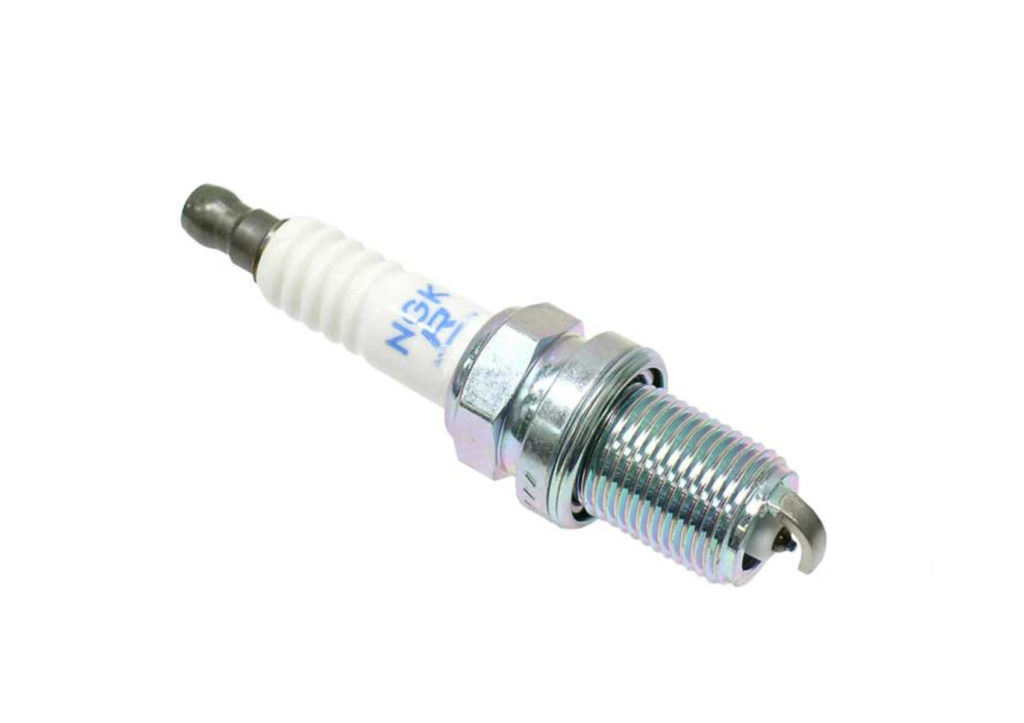
Q: I have a 2005 Toyota Landcruiser with a 4.7L engine and automatic transmission. I put new NGK spark plugs in a couple of months ago.
Last week, I decided to take the plugs out and have a look at them. I found that all four plugs on the right side of the engine (cylinders 2,4,6 and 8) looked good. The four plugs on the left side of the engine (cylinders 1,3,5 and 7) were dry and black.
Why would the four plugs on the left side of the engine be dry and black?
A: Dry black soot on spark plugs indicates carbon fouling. While some black soot is normal on plugs that have been in service for a while, it sounds like you have a problem since your car’s plugs are brand new.
Spark plugs usually become carbon-fouled due to excessive idling or slow speed driving (which keeps the spark plug temperatures too low), an overly-rich fuel mixture, or a weak ignition system.
Since your plugs are only fouled on one side of the engine, you’re likely dealing with a fueling issue that affects only that side.
Because you indicated that all of the plugs on that bank are carbon-fouled, I would start by looking for a malfunctioning oxygen sensor or an exhaust leak (causing the O2 sensor to read improperly). Either issue could be throwing off the air-fuel ratio on that particular side of the engine.

Q: I have a 1997 GMC Sierra 1500 with a 4.3L V6 engine. I replaced the fuel pump and sending unit, but the fuel gauge still won’t work. What could be the problem?
A: Since your truck is a half-ton V6 model, I’m going to assume it has a single fuel tank, as opposed to the dual tank setup that came on some Sierra pickups.
With your vehicle, a short to ground will cause the gauge to read empty, whereas an open circuit will cause the gauge to read completely full. You didn’t specify, but from how your question is worded, I’m guessing that the gauge is stuck on empty.
Since you’ve already replaced the sending unit, we’ll rule that out as a possible cause. That means the problem is either the gauge itself or an issue somewhere in the control circuit.
To rule out the gauge, disconnect the electrical connector from the fuel tank module and sending unit. If the gauge now reads full, you can rule out the gauge and instrument cluster and focus on tracking down a circuit problem.
From there, if you have the tools and the know-how, you can obtain a copy of the factory wiring diagram (through a repair database) and troubleshoot the circuit yourself. Otherwise, it might be best to let a professional tackle the job for you.
Products Mentioned in this Guide
Any information provided on this Website is for informational purposes only and is not intended to replace consultation with a professional mechanic. The accuracy and timeliness of the information may change from the time of publication.

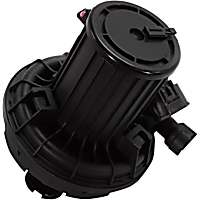 Air Pump
Air Pump
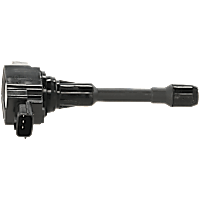 Ignition Coil
Ignition Coil
 Spark Plug
Spark Plug
 Fuel Injector
Fuel Injector
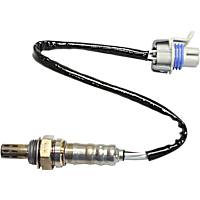 Oxygen Sensor
Oxygen Sensor
 Fuel Gauge
Fuel Gauge













